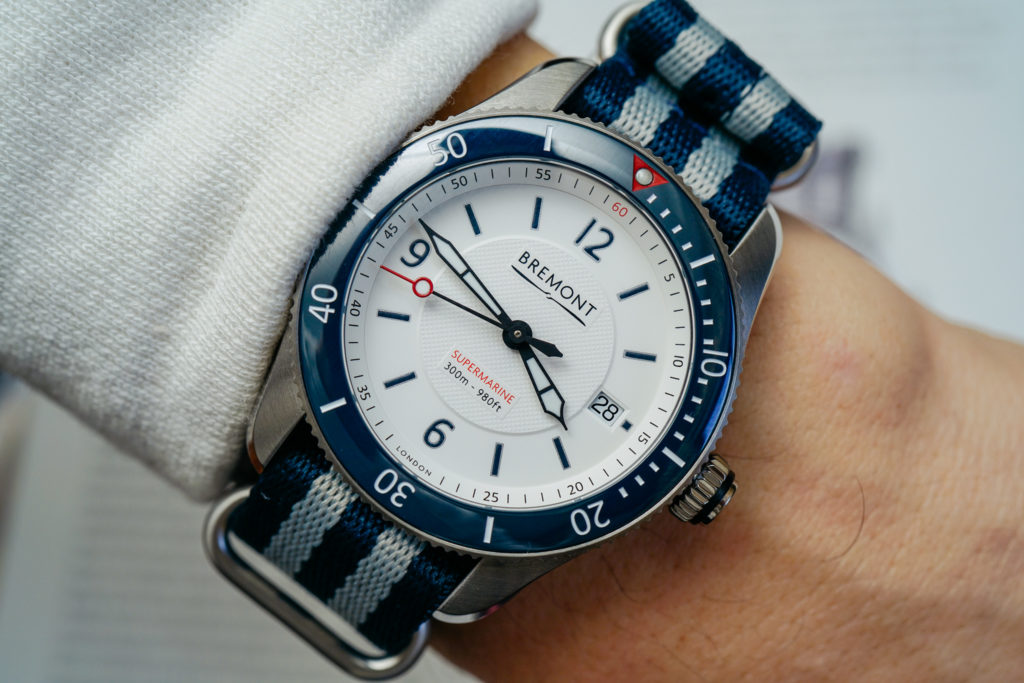
Records, like rules, were meant to be broken. Though some fall far more easily than others, they both form a loose framework for what it means to be human, and how we’ve all managed to coexist since the beginning of time. As we continue to look back on 2019 and the conclusion of the decade, two of the year’s records in particular stood out as once-in-a-generation human achievements that set new benchmarks for previously perceived limitations on endurance. One of which, of course was Eliud Kipchoge running an incredible 1:59:40 marathon back in October, shattering the long-held belief that the mythical “sub-two” was simply not humanly possible. Granted, Kipchoge’s time can’t be officially counted as a world record as it was run on a special closed street course in Vienna, Austria, and not as a formal marathon event, plus it was achieved with the help of an experimental Nike shoe and a rotating team of Olympians running in formation around Kipchoge to keep him on pace and shield him from the wind. But at the end of the day, a human being ran twenty-six point two miles in less than two hours, and there’s simply no way to not be blown away by the feat.
Just a few short weeks later in the same month of October, another incredible long-standing endurance record fell – perhaps lesser-known, but a mammoth in the global mountaineering community and no less of a remarkable achievement. This one would be broken by Nirmal “Nims” Purja, a Nepalese mountaineer who summited all 14 of the world’s “Death Zone” mountains above 8,000 meters (26,246 feet) in just a little over six months, shattering the previous record of eight years. On his wrist for each of those fourteen summits, a white-dialed variant of the Bremont S300 Supermarine dive watch, but we’ll get into that in a moment.
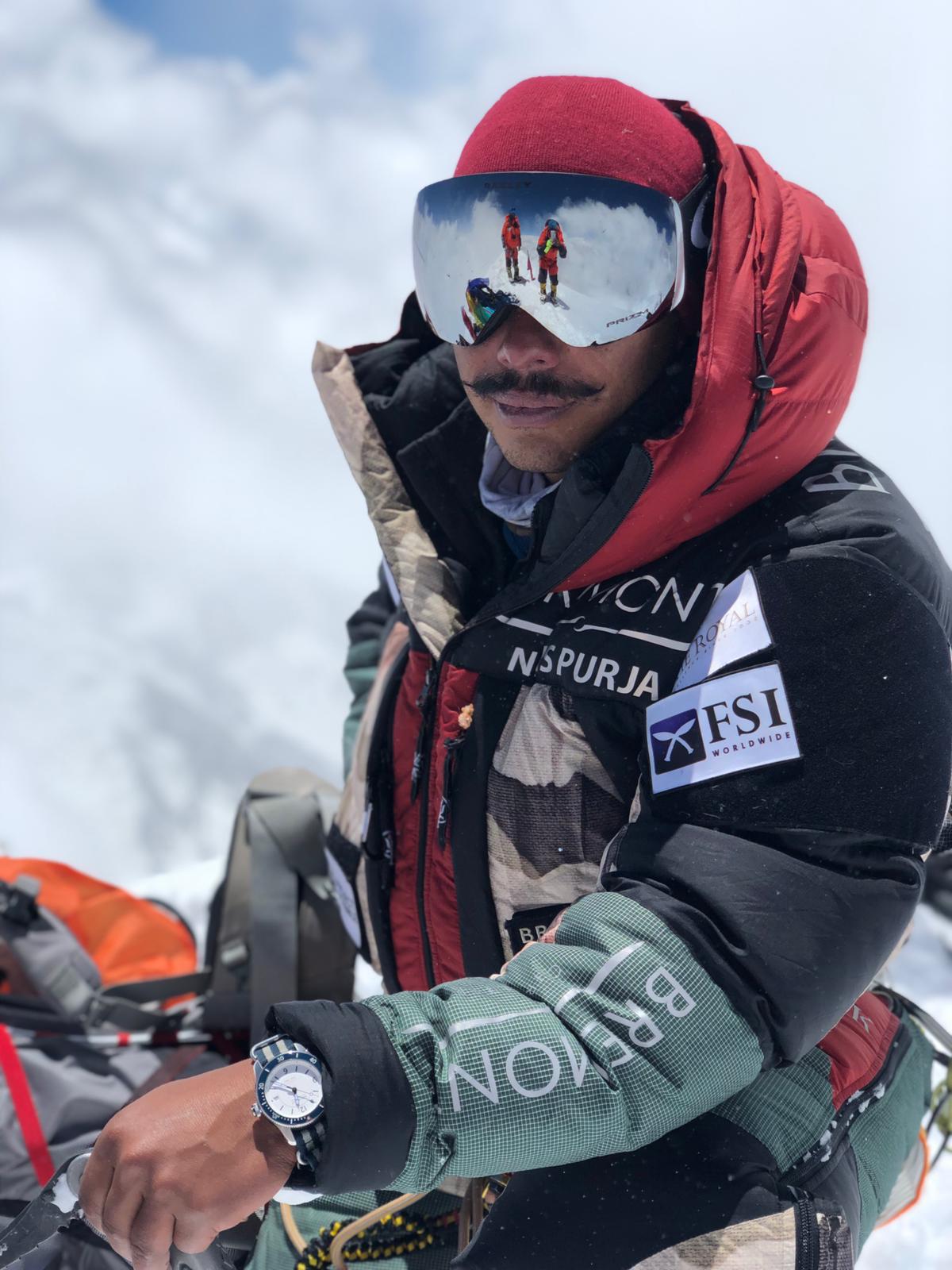
Like Kipchoge, Nims wasn’t alone, deploying a rotating team of elite sherpas to assist him with line-fixing and logistics for each of the fourteen summits. It’s also worth noting that the high-altitude mountaineering community tends to find itself divided between those who use supplemental oxygen, and a far smaller number of those those who do not. And Nims and his team did use oxygen, along with plenty of other modern mountaineering equipment and experience – valuable tools which were likely not available with the same readiness or capacity when the record was first established back in the late eighties. But far more important than the gear, is the climber’s ability to operate at a high level in the oxygen-starved air above the ‘Death Zone,’ and doing so while spending prolonged periods inside the planet’s most hostile and unforgiving weather environments. And it’s here, where Nims’ unique physiology and military experience puts him literally and figuratively in the rarified air above his peers – most of whom with many more years of mountaineering experience.
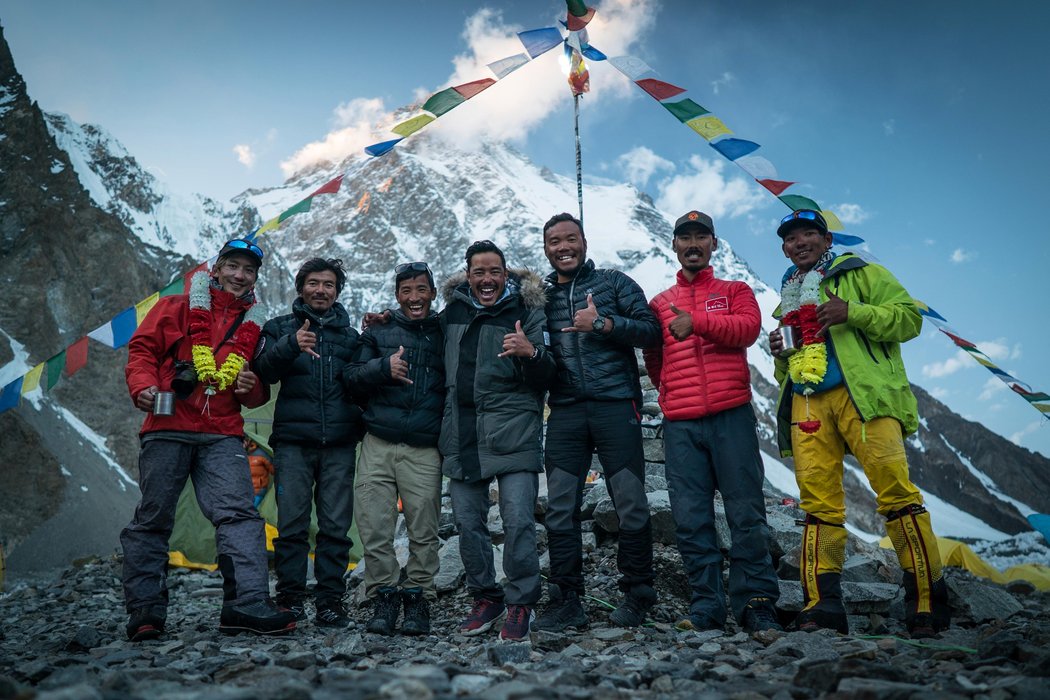
I first heard of Nims when most watch fans did – at the outset of the year, right around the Bremont Townhouse event when the British watchmaker named Dai as its newest ambassador, and announced its support of his “Project Possible” expedition to climb all 14 of the world’s tallest mountains, including Mt. Everest and the notorious K2 – in under a year. The previous record had only been held twice – first in 1987 when the feat was first accomplished over the course of seven years and eleven months, then was broken some sixteen years later in 2013 when it was completed in seven years and ten months. Though neither were speed records by any stretch of the imagination, both lengths of time suggest that this was a feat not undertaken lightly in the tight-knit global climbing community, due to the combined amount of skill, risk, and sheer luck involved. Unsurprisingly, Nims – a then-unknown mountaineer had few supporters at the outset of his mission, but what many outsiders didn’t know, was just how determined, and well-suited Nims’ prior experience would serve him in the months to come. The former Ghurka and British Special Forces operator would ultimately take an ice axe to both records, smashing them in a window that remained open a little longer than a single climbing season: six months and six days.
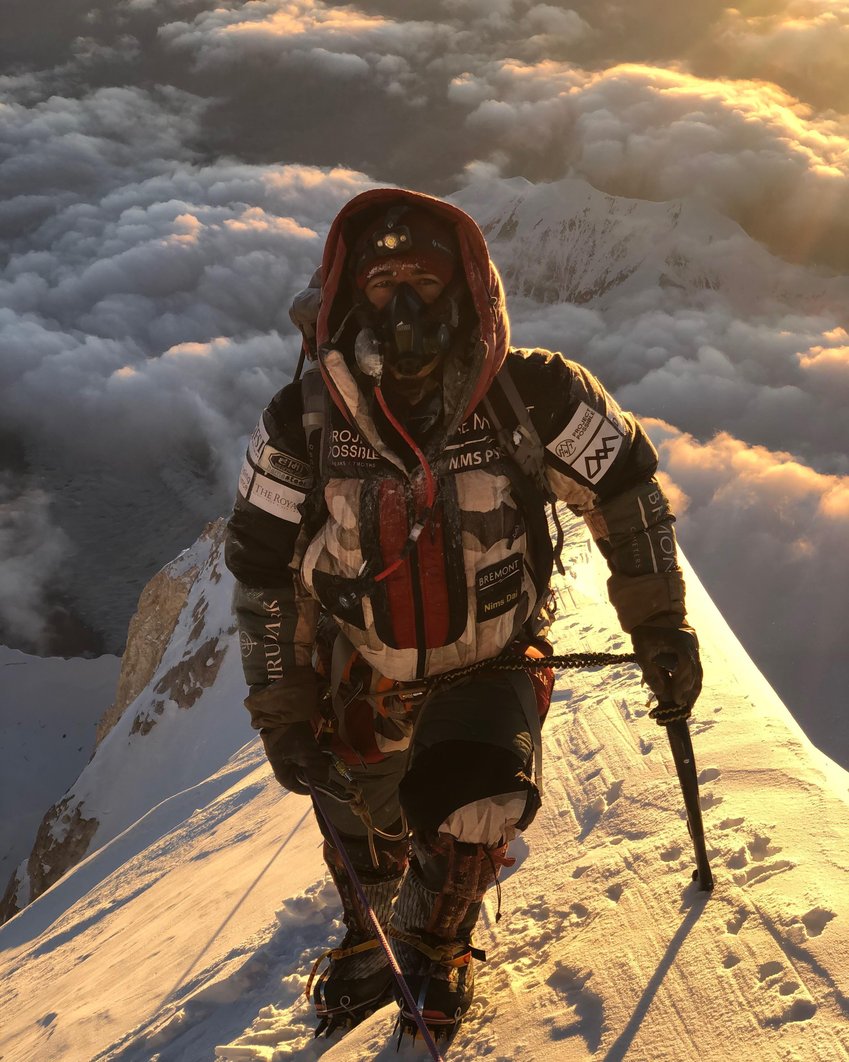
Over the course of those six months though, Nims and his team did much more than break one of the world’s most challenging and deadly speed records, they did so through a wholly unselfish trajectory – sadly an all-too-uncharacteristic trait of many mountaineering expeditions that are traditionally single-minded in their pursuit of “summit at all costs.” It all started with a dramatic high-altitude rescue of a stricken climber on an unrelated expedition immediately after Project Possible’s first summit of the deadliest mountain in the world: Nepal’s Annapurna on April 23rd. That rescue would set a precedent that would continue throughout the summer, with Nims and his team routinely supporting other climbing expeditions at the expense of their own personal energy, safety, and precious weather windows. This included another daring high-altitude rescue on Kanchenjunga – this time without oxygen, after Nims and his team donated their reserve bottles to other climbers in need.
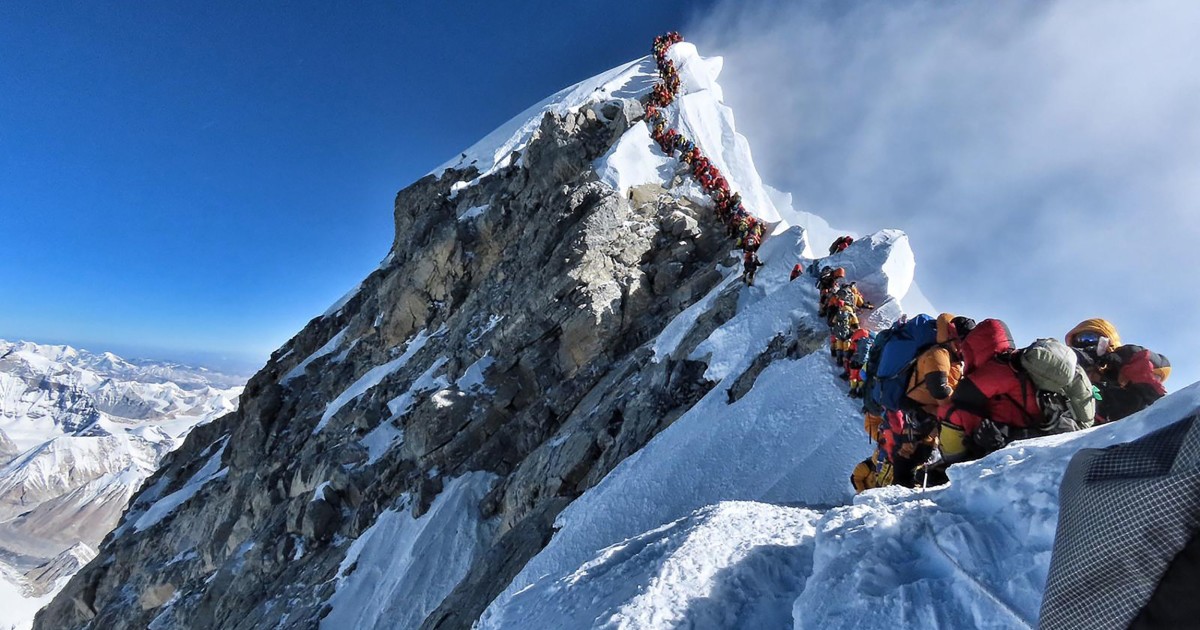
Immediately after Kanchenjunga, Nims and his team would check three summits off their list in a rapid-fire span of 48 hours – one of which including a summit of Mt. Everest after enduring nearly eight hours of traffic jams on the mountainside. Nims snapped a photo of the queue during his delay, and once shared to Instagram, it quickly sparked a viral conversation on the fatal dangers of overcrowding at the top of the world, and kickstarted a conversation with the Nepalese government about opening alternate routes to the summit to make it safer. It was after the buzz of the photo and renewed momentum around Everest in July when Bremont signed on as the title sponsor of the expedition, enabling Nims to enter the project’s second phase where the team immediately broke a stalemate on the infamous K2 – fixing lines in perilous conditions, enabling fellow climbers to make some of the climbing season’s only successful summit bids.
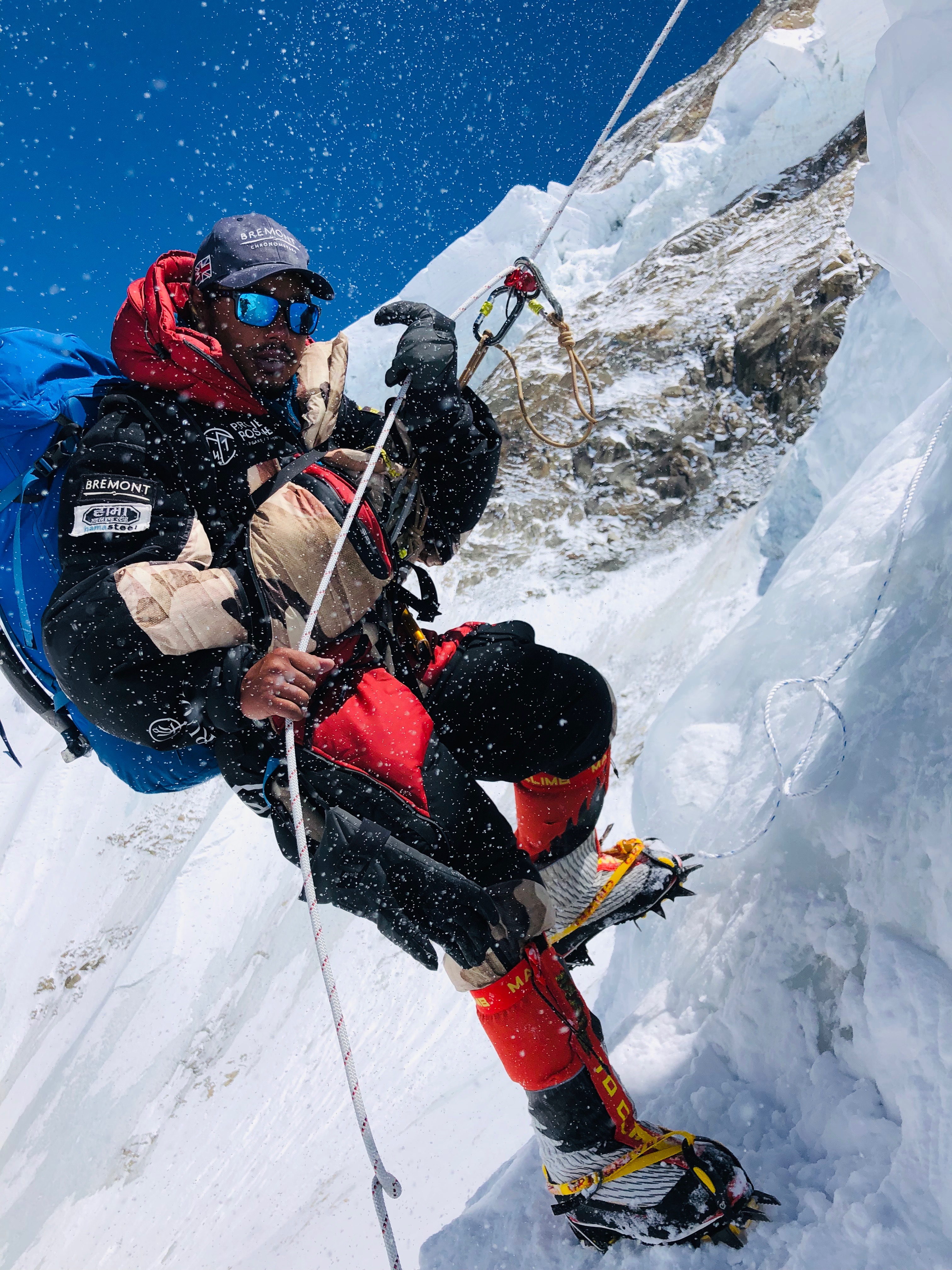
Project Possible’s own successful bids steamrolled forward in the summer days that followed K2 – Broad Peak, then Cho Oyu and Manaslu by mid-September when the expedition hit an unexpected snag: Nims was unable to secure a permit with the Chinese authorities to make his bid for the project’s final summit: Shishapangma in Tibet, which had been closed for the entire season. After five months of a seemingly perfect speedrun through seven of the world’s eight death zones, it began to appear as though bureaucrats – not the fearsome mountains themselves would prove to be insurmountable. But Lady Luck would side with Project Possible once more, finally granting Nims and his team the last permit they needed to etch their names in the history books on October 29th.

The Bremont S300 was introduced in 2017 as a slightly smaller companion to the brand’s flagship S500 dive watch. Dropping the case size to 40mm down from 43mm was a savvy one – enabling the S300 to wear more comfortably on a wider variety of wrist sizes (particularly on the high-quality NATO strap option), and in the spirit of a more classical dive and sport watch neatly tailored for the varied environments that Nims and his team would encounter throughout the summer. Introduced at the outset of this year, the white-dialed variant with the blue ceramic bezel worn by Nims for Bremont Project Possible carries an oddly prophetic air to its strikingly clean aesthetic – one of Nims’ strength and positivity, with the contrast and confidence needed to navigate an alpine environment, despite being expressly built as a dive watch.
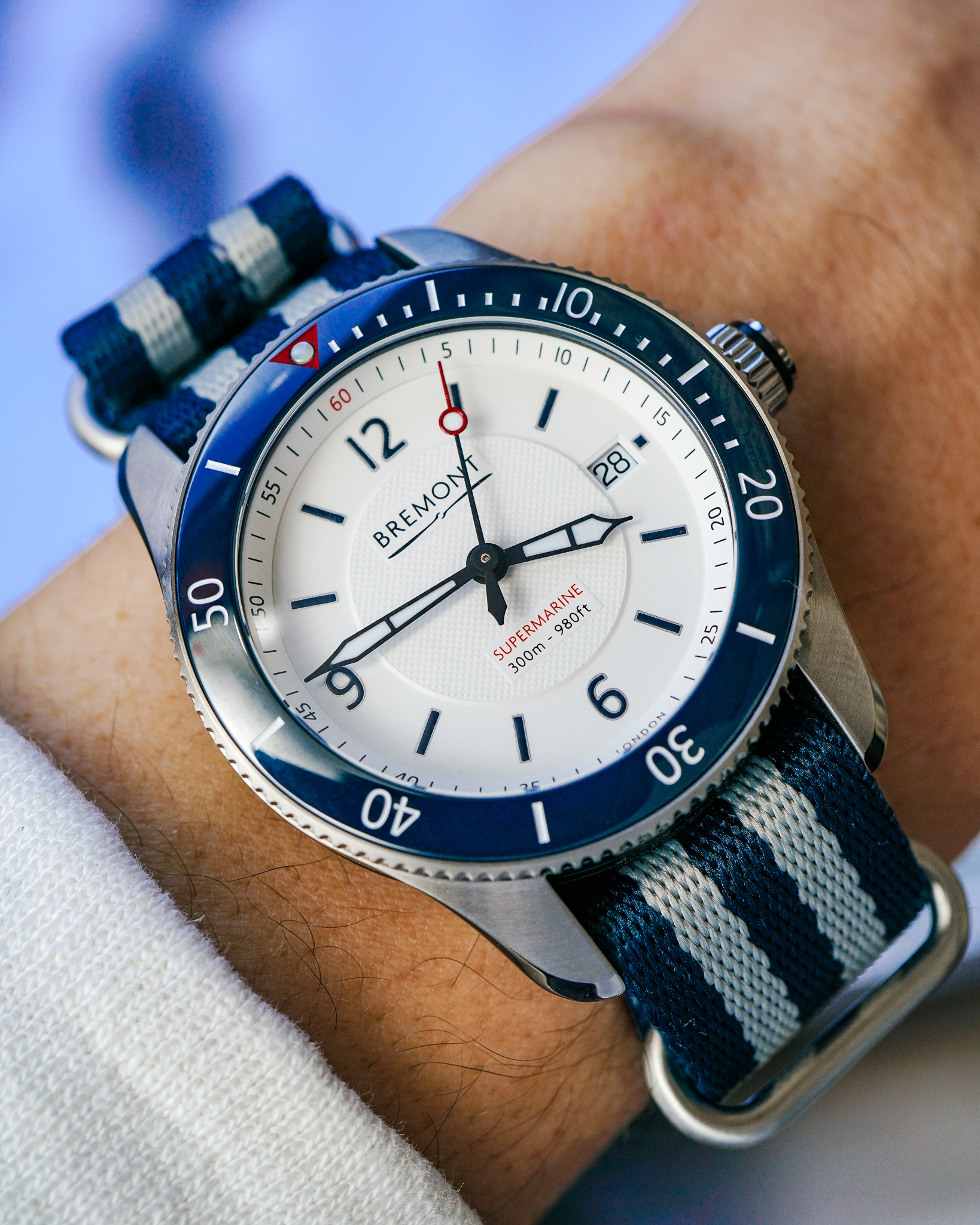
Not just an ambassador for Bremont, Nims is an ambassador for the climbing community – we might not have his natural prowess on the mountain, mental fortitude or endurance, but there’s absolutely something to be learned for his incredible positivity, and unwavering self-belief. If you’re adventure-planning in 2020, don’t miss the feature-length documentary on Bremont Project Possible coming in January, but in the meantime, you can learn more about the Bremont Supermarine collection of watches at bremont.com





